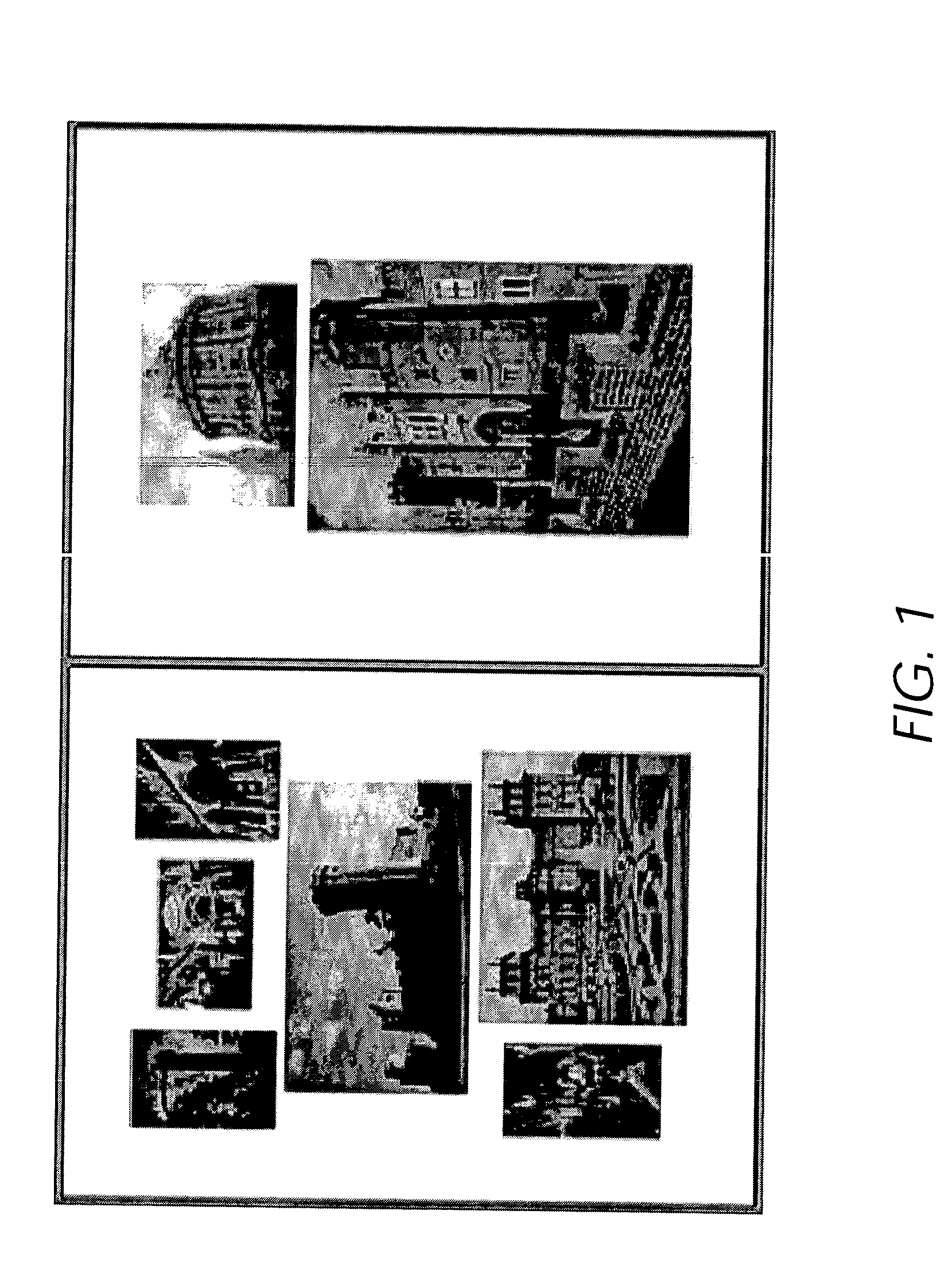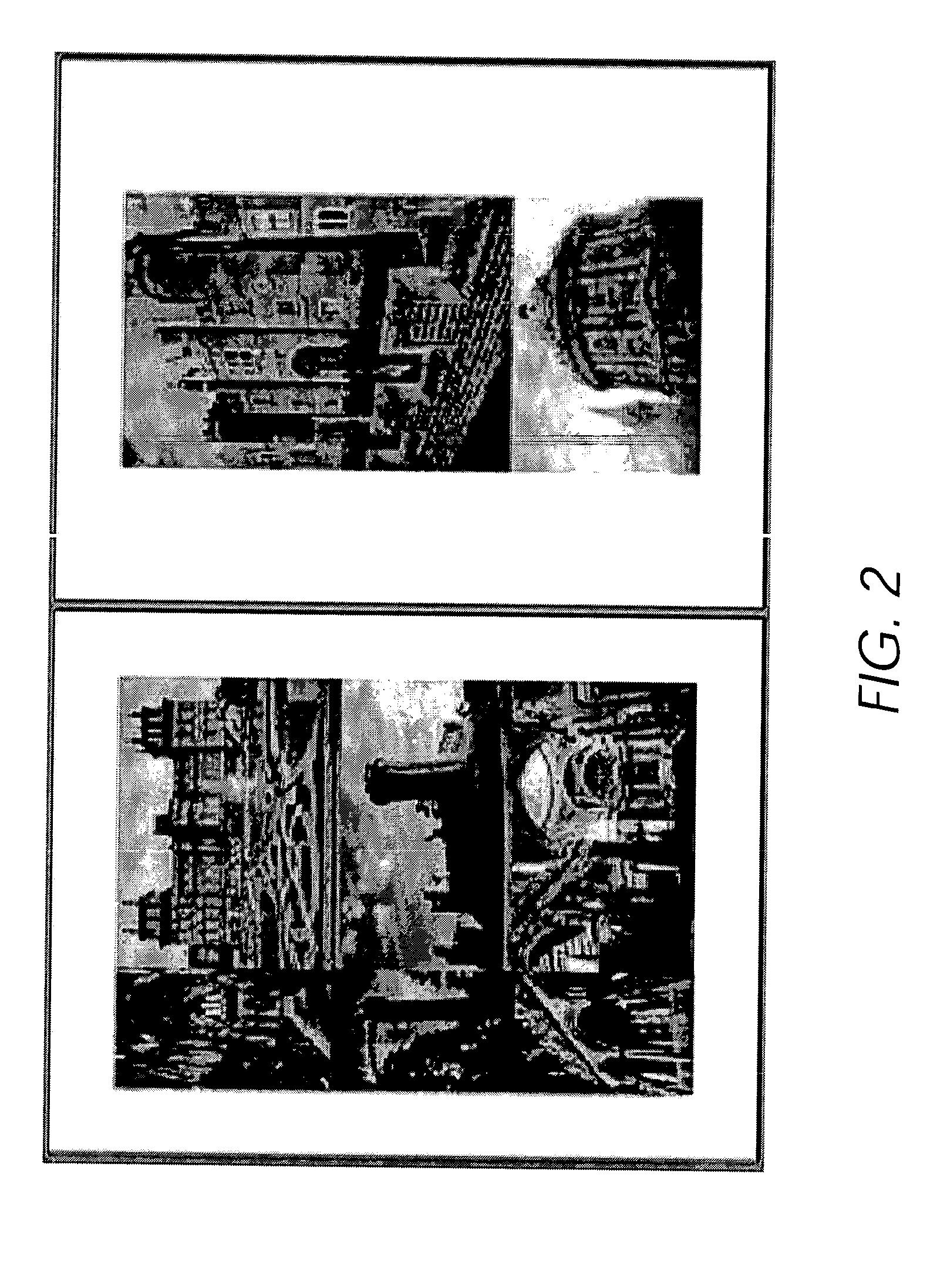Single pass automatic photo album page layout
a single-pass, photo album technology, applied in the direction of program control, editing/combining figures or text, instruments, etc., can solve the problems of unused empty space on the page, graphical images may appear distorted, and the process of moving and resizing photos by hand can be tedious and time-consuming
- Summary
- Abstract
- Description
- Claims
- Application Information
AI Technical Summary
Benefits of technology
Problems solved by technology
Method used
Image
Examples
Embodiment Construction
The present design includes two functions, a full function that creates a variety of image layouts that may be selected by the user and that depend in large part upon user input, and a “single pass” function that is less computationally intensive than the full function but produces a visually attractive layout in a shorter period of time based on fewer inputs from the user.
With respect to the both the full function and single pass function, two specific modes of layout operation are considered, namely “strict area” layout and “brick” layout.
FIG. 1 illustrates the strict area layout mode of operation. Strict area generally refers to an image being located strictly within a particular area or subarea of the page. Conceptually, the page may be divided into multiple subareas, such as the left and right halves of the page, and the strict area layout mode may center one image in the right half of the page and another image in the left half of the page. When using the strict area mode ...
PUM
 Login to View More
Login to View More Abstract
Description
Claims
Application Information
 Login to View More
Login to View More - R&D
- Intellectual Property
- Life Sciences
- Materials
- Tech Scout
- Unparalleled Data Quality
- Higher Quality Content
- 60% Fewer Hallucinations
Browse by: Latest US Patents, China's latest patents, Technical Efficacy Thesaurus, Application Domain, Technology Topic, Popular Technical Reports.
© 2025 PatSnap. All rights reserved.Legal|Privacy policy|Modern Slavery Act Transparency Statement|Sitemap|About US| Contact US: help@patsnap.com



